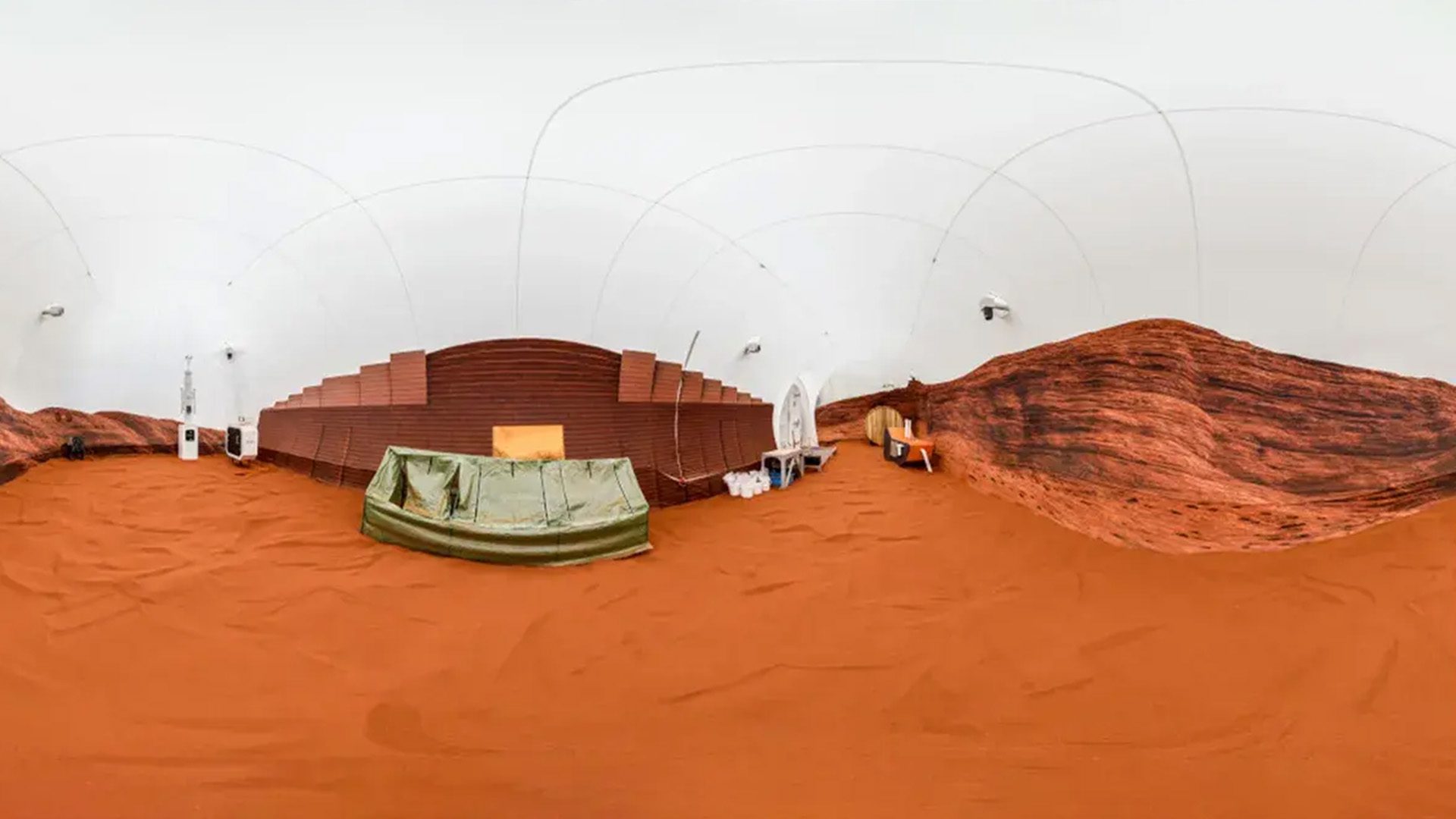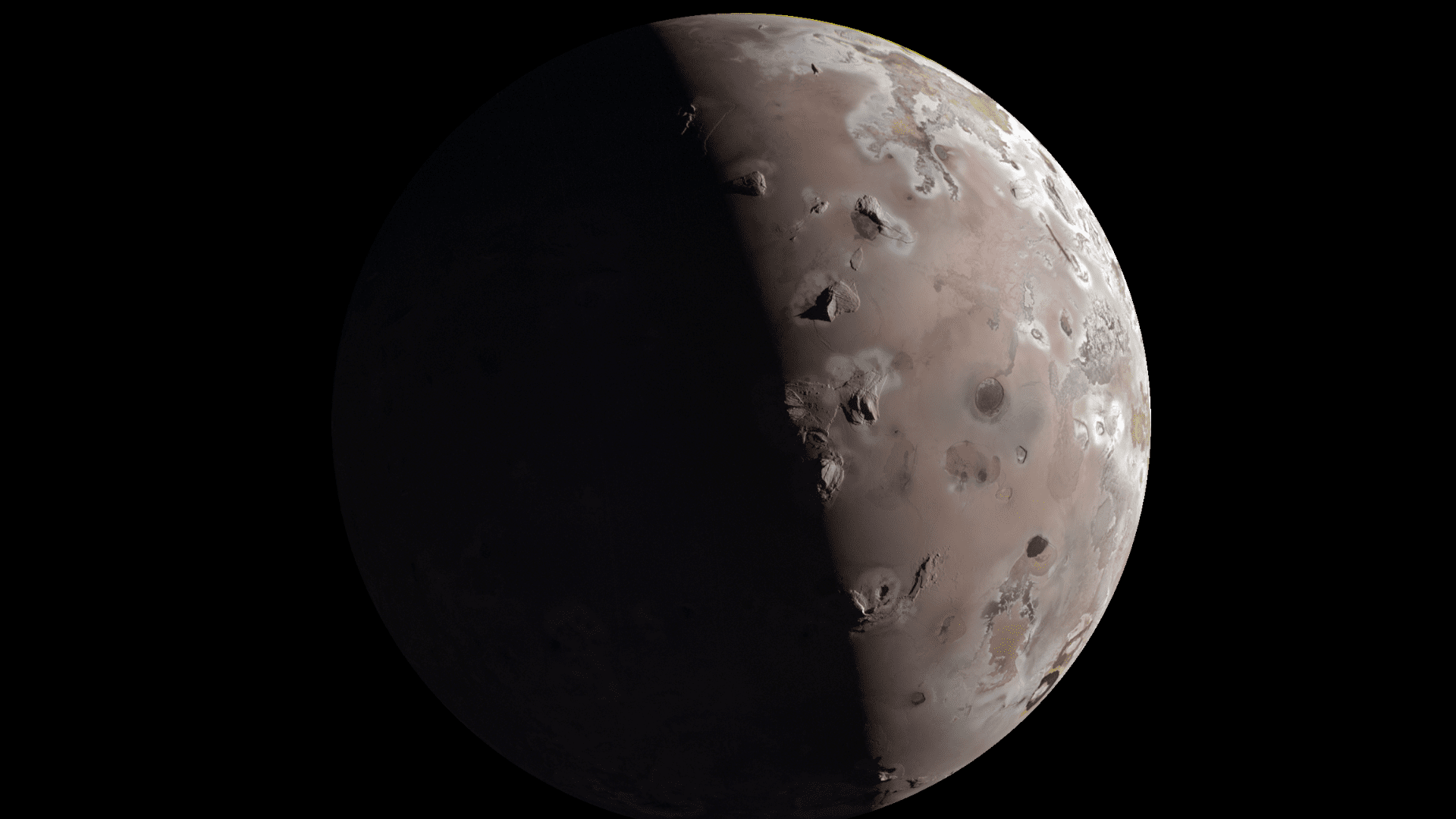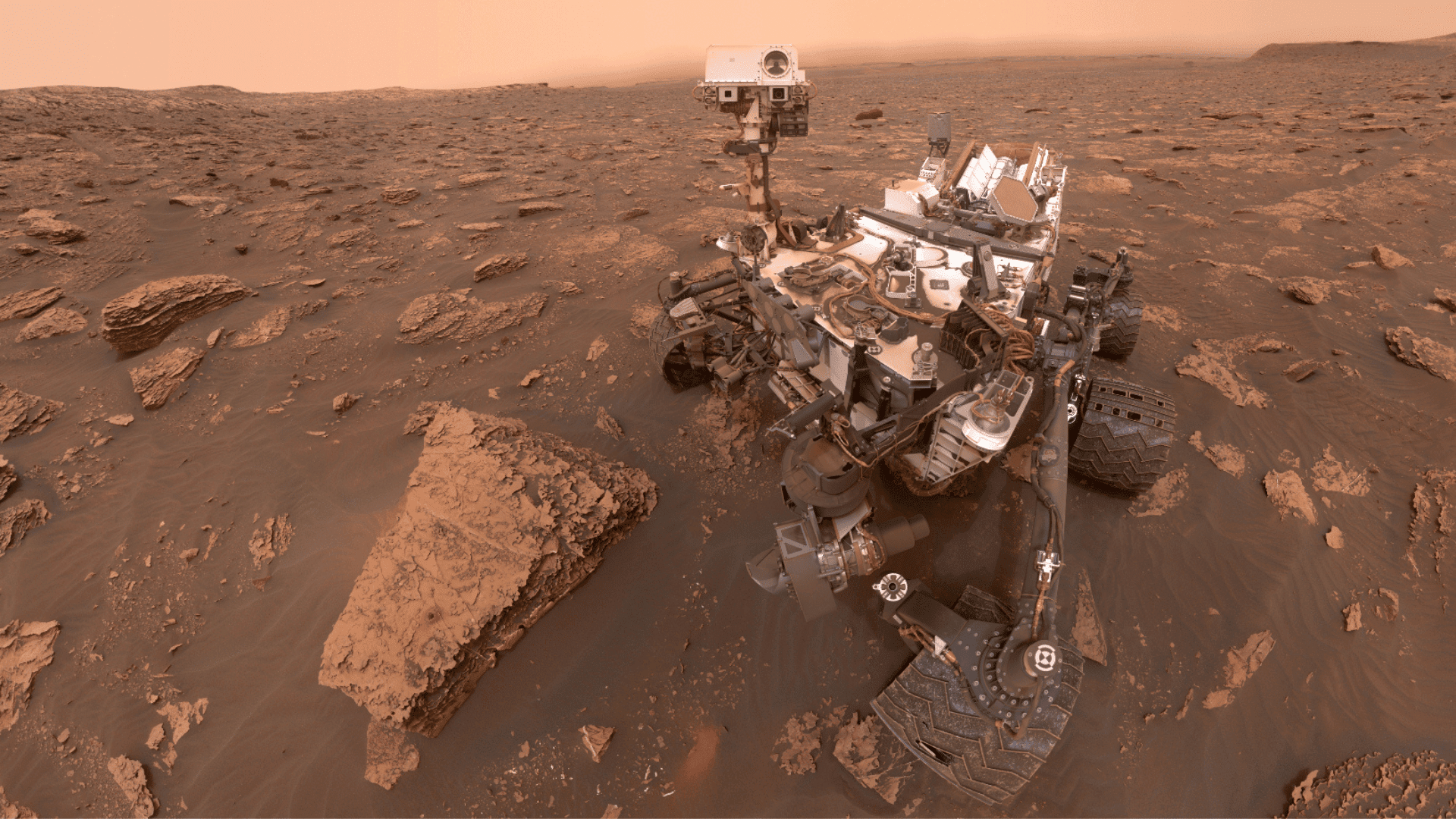Scientists announced a major discovery on Mars during the 55th Lunar and Planetary Science Conference held in The Woodlands, Texas. They revealed the discovery of a giant volcano and a possible sheet of buried glacier ice.
Significant Discovery
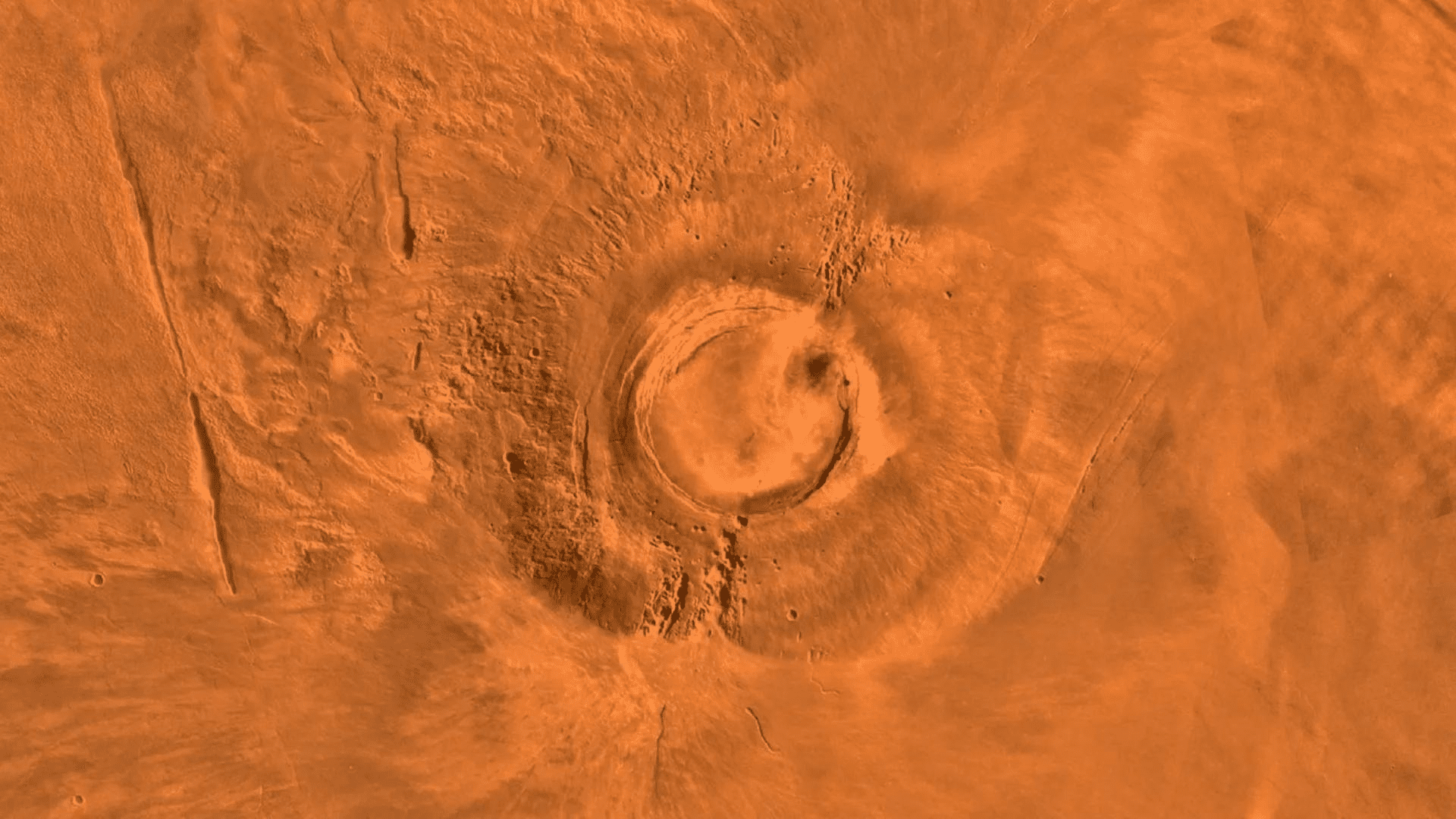
A spacecraft orbiting the red planet repeatedly captured images of the evasive volcano. Although the Mariner 9 has constantly captured images of Mars since 1971, scientists haven’t found the massive volcano until now. Because the volcano is deeply eroded beyond recognition, it hides in plain sight in one of Mars’ most iconic regions.
Pending an official name, scientists are calling the massive volcano “Noctis Volcano” and it is located in a region between Noctis Labyrinthus (Labyrinth of the Night) and the monumental canyons of Valles Marineris (Valleys of Mariner). Its gigantic size reaches 29,600 feet in height and stretches 280 miles wide. The massive size and complex modification history indicate that the volcano has been active for a long time.
There is significance in the combination of the massive volcano and the possible glacier ice discovery. According to scientists, it points to an exciting location for them to conduct research. This includes studying Mars’ geologic evolution through time, searching for life, and exploring with robots and humans in the future.
Explore Tomorrow's World from your inbox
Get the latest science, technology, and sustainability content delivered to your inbox.
I understand that by providing my email address, I agree to receive emails from Tomorrow's World Today. I understand that I may opt out of receiving such communications at any time.
Dr. Pascal Lee is the lead author of the study and a planetary scientist with the SETI Institute and the Mars Institute based at NASA Ames Research Center. Lee gives some insight into the discovery and how they came across it: “We were examining the geology of an area where we had found the remains of a glacier last year when we realized we were inside a huge and deeply eroded volcano.”
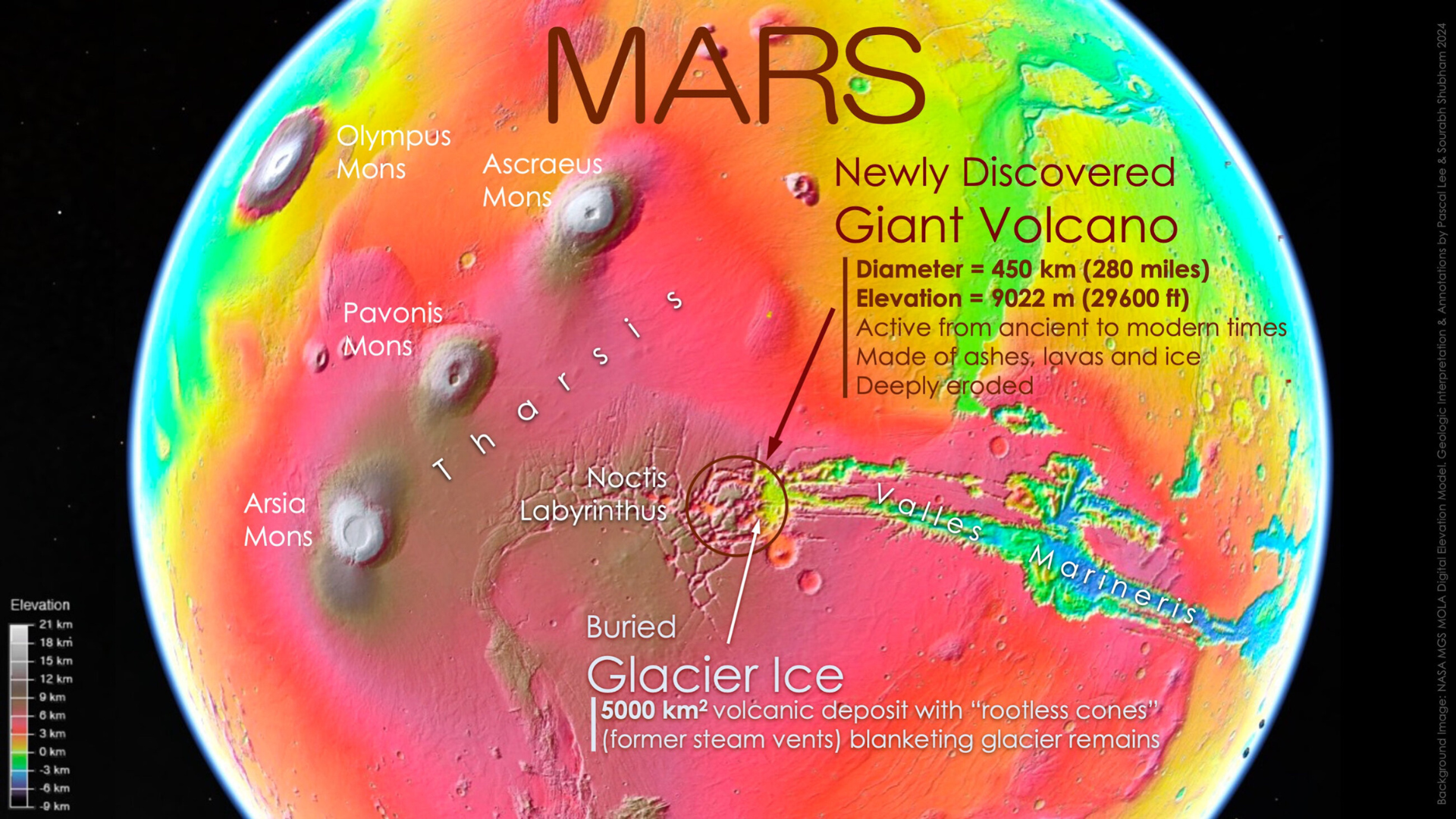
Searching for Life
Much of the newly discovered, massive volcano remains a mystery. Scientists made it clear that it has been active for a very long time but they don’t know if it is currently active. They say it’s clear that it started early in Mars’ history but not exactly how early. This raises a serious question for the researchers about the length of its activity and the combination of warmth and water from the ice possibly harboring life.
The mysteries surrounding the Noctis Volcano continue to puzzle scientists. But, the presence of ice at the shallow depths of Mars’ equator opens up new possibilities. They believe there is potential for humans to explore a less frigid part of the planet while still extracting hydrogen and manufacturing rocket fuel.
Because the volcano is so deeply eroded, Lee and his team believe it presents an opportunity to further study the planet’s history. Lee said, ” It has also had a long history of heat interacting with water and ice, which makes it a prime location for astrobiology and our search for signs of life.”



